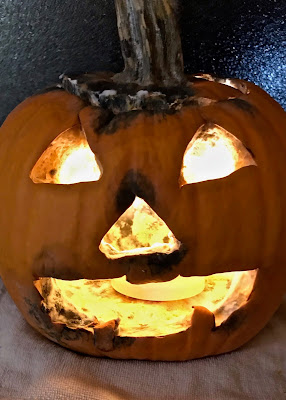In Japan, food is prominent in documentaries, cooking shows, travel shows, variety shows, dramas, manga, anime, books, magazines, blogs, Facebook and Instagram. This food, not eaten but consumed, provides gratification and knowledge. Many of these media descriptions are set in izakaya (Japanese-style pubs) and tachinomiya (Japanese standing bars) that serve B-kyu gurume (B-rank food)—comfort food and/or local food. These are fascinating shops and sites to explore the production (cooking) and consumption (eating) of food. Media portrayals are another form of production, that of information and recreation, that is “good to think” (Levi-Strauss 1962), “communicated” (Barthes 1966; Dusselier 2009) and “shared among people” (Cheung 2002).
This presentation is a multimodal visual ethnography of a 40-year-old tachinomiya in Osaka called Tenbun. Tenbun features many kinds of food and drink, a lively and relaxed atmosphere and plenty of colorful characters including the owner, employees and regular customers. Based upon long-term patronage, focused participant-observation and photography, a photo exhibition and other post-fieldwork encounters, my analysis positions the research within the intersection of food anthropology and the popular Japanese “foodie” media. Matthew Longcore discusses how Anthony Bourdain, Gordon Ramsey and other Western food experts feature “ethnographic culinary adventures [that] bring food and film together for the enjoyment, entertainment, and enlightenment of foodies and anthropologists alike” (2019). Nancy Stalker provides an excellent and detailed history of popular Japanese media that influences and reflects the so-called modern “gurume boom” beginning in the 1980s and 90s (2016). I build upon this history through explorations of current documentaries, TV dramas and social media, gaining different perspectives to re-position my tachinomiya research in wider social and academic contexts.
Virtual talk on Zoom.
Saturday, December 4, 2021
Special presentation: 1:00 - 2:00 PM Japan time
AJJ takes place December 3-5. Participation is free, but you must register to get the Zoom link. Lots of good people and scholarship at the AJJ! Check it out!
For the link and full meeting program, go to https://www.ajj-online.net/2021/11/10/2021-annual-meeting-program/











